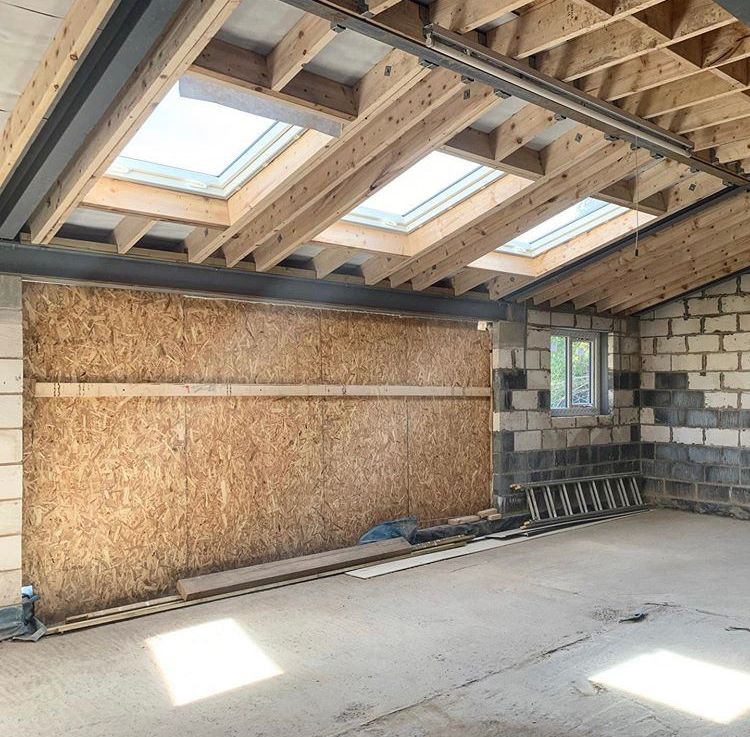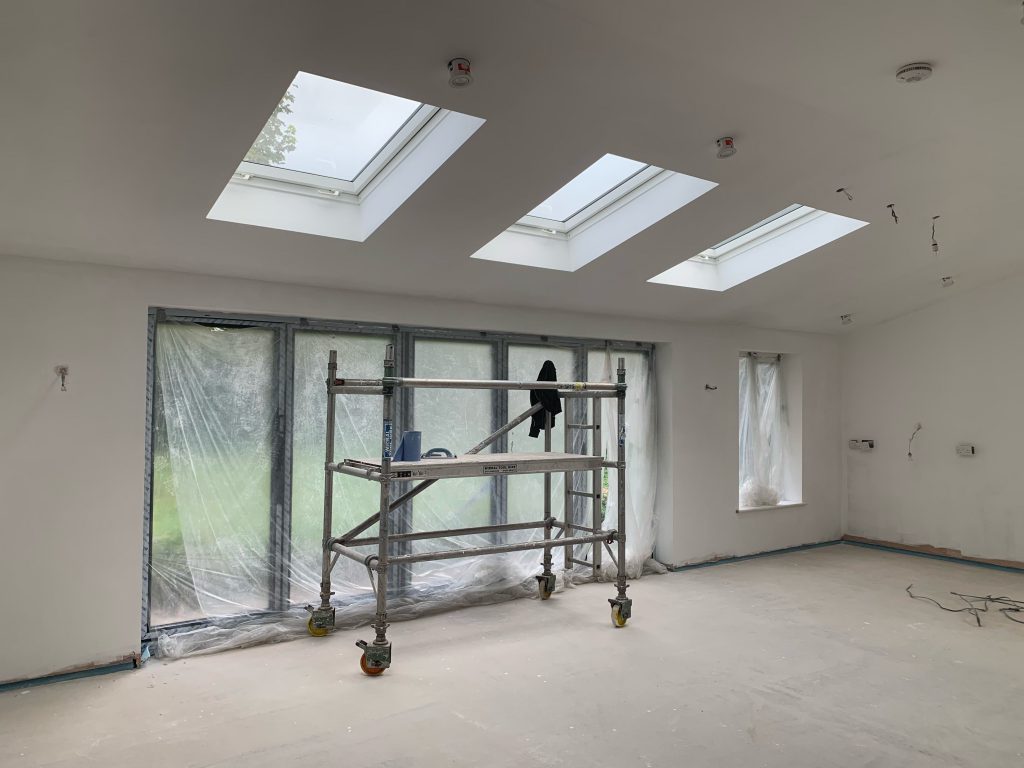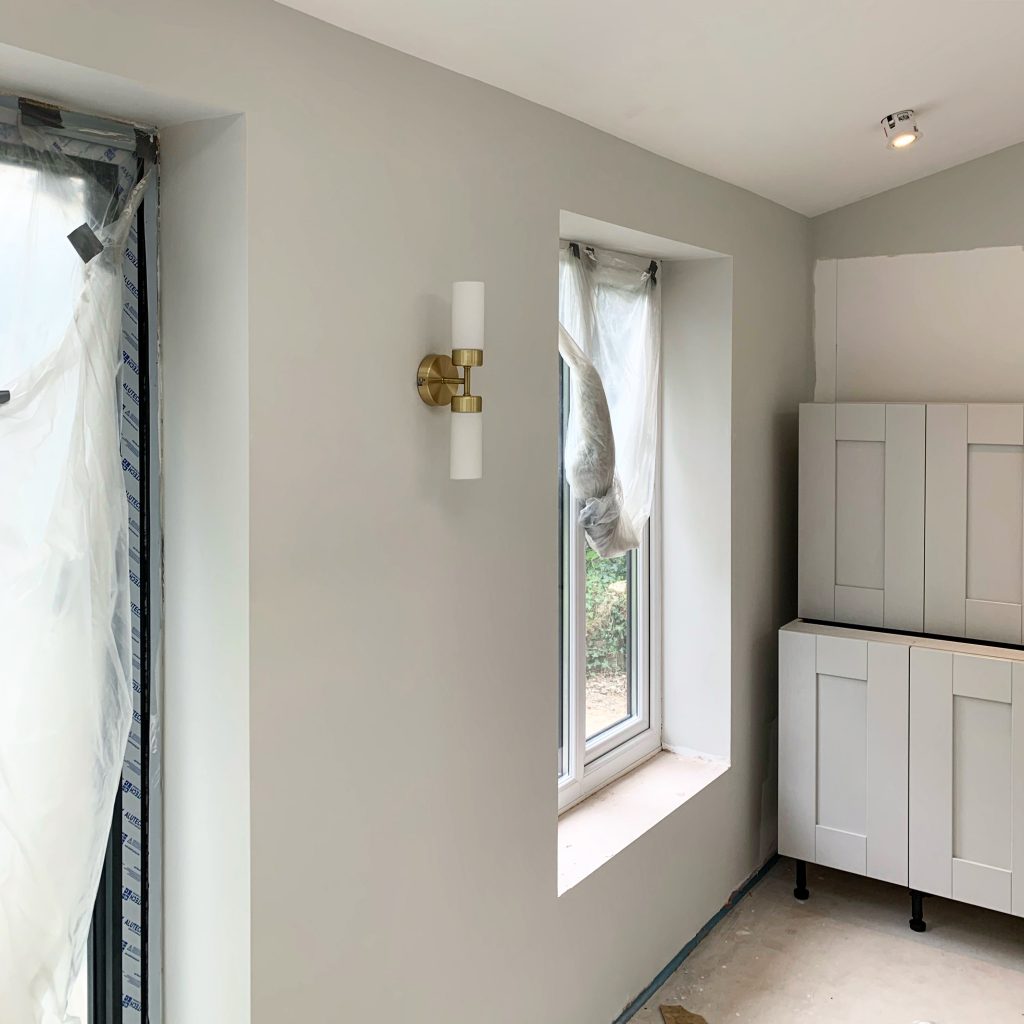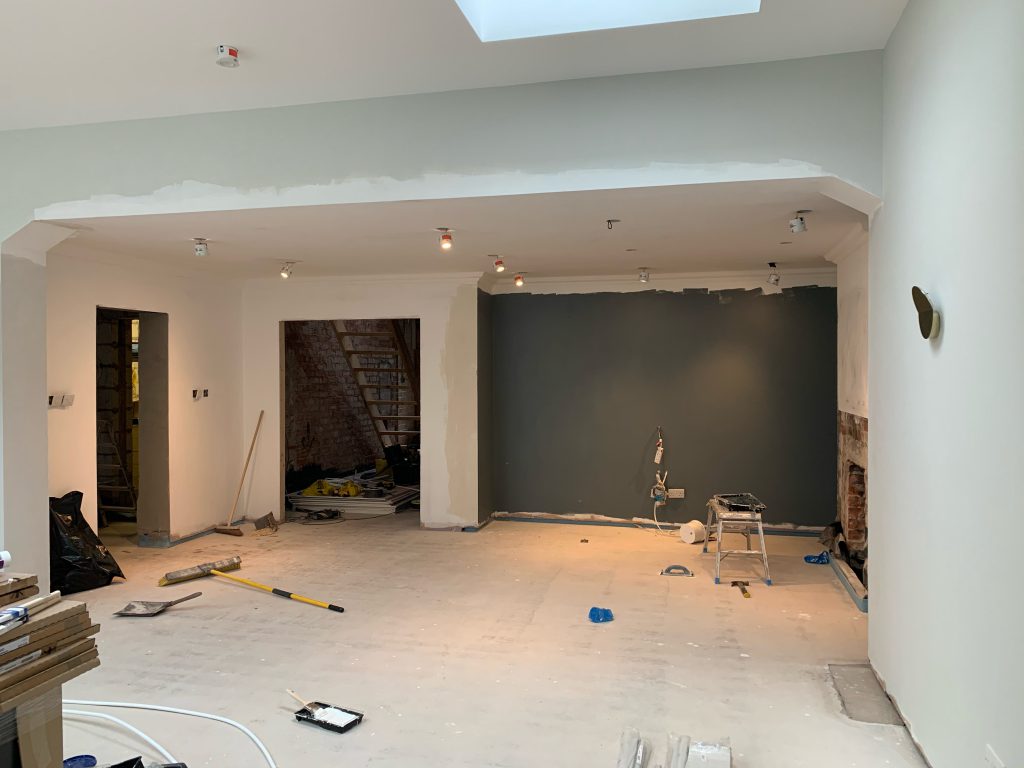Effectively planning a timeframe for your renovation project
You may be at the start of the research and planning process for your renovation project, but there is one aspect that often gets overlooked. Project timescales. Having a realistic understanding of timeframes required for each stage is absolutely essential, and so important to guarantee the success of your project. Jumping into a project naively and winging decisions as you go along is never a recipe for success, more likely it will lead to a lot of stress, regret and wasted money.
We’re living in a world that is changing at a fast pace; especially over the past 3 years as renovating in a post covid and post brexit world is filled with so many moving variables that all need to piece together. It’s not easy! We have gone through every type of challenge and problem you could think of over the past few years which can impact on project timescales, but the positives of this means we are now equipped with the experience and knowledge to overcome and reduce issues from happening in the first place. This mainly involves strategy and planning ahead. And we know this doesn’t sound as fun as jumping straight into the creative process of interior design, but it’s equally as important.
Any renovation project, especially those which require an extension or building work, will take up a considerable amount of your time and energy. More importantly, it will inevitably create significant disruptions to your everyday life.

Natalie Holden Interior Project – Before
In order to effectively plan a timeframe for your project we would suggest involving your interior designer from the offset. This way we can work alongside you and any other professionals, in order to create a seamless workflow. By planning our design proposals before the building stage it will ensure your builder won’t be pestering you for last minute decisions you haven’t factored in. As we know, rushed decisions lead to costly mistakes!

Interior Design by Natalie Holden
Are you struggling with planning your project timeframe? Here are some key things to consider to help you through the process:
- Is there a key date when you want the work to be complete? If your dream is to have a beautiful new kitchen extension ready for Christmas, you must make sure that you begin planning way in advance. The last thing you need on the run up to the busiest time of the year is have the additional stress of making sure building works are going to be finished in time.
Our tip: start your project planning way in advance. For larger projects with building work involved it is best to start the design process a minimum of 6-12 months in advance of your planned completion. For smaller cosmetic renovation work we recommend a minimum of 3-6 months ahead of your planned completion.
- Keep the communication up. Communication really is the key to ensuring a smooth workflow. We know the negative knock on effect it can have if a vital piece of information at building work stage is not communicated through to us. Every change or decision can have a domino effect on everything else.
Our tip: Organise interim meetings throughout the project and make sure all parties involved (ie designer, architect, builder) are either in attendance or updated with necessary information that could impact on the overall design. This ensures nothing is overlooked and everyone can keep up to date with progress or resolve any issues as and when they come up.

Interior Design by Natalie Holden
- Prioritise the work. Depending on whether you are carrying out a large scale extension, or a small reconfiguration of a few rooms, each have different requirements. Typically work is categorised into 7 stages within a major renovation that involves building work:
1.Demolition and structural repair
2.External finishes: roofing, fitting new windows and doors and ensuring the building is weathertight.
3.First fix: building stud walls, electrical work, plumbing work including fitting pipes and the boiler.
4.Plastering
5.Second fix: installing the kitchen, light fittings, laying the floors.
6.Finishes & decorating: painting, wallpapering and finally dressing with furnishings.
7.Snagging: resolving any issues and reviewing the quality of the finishes.
Our tip: It is so important to bring your designer into the loop as soon as possible – preferably even before work has began with your builder. This will ensure we can have input on plug socket locations and lighting solutions that will interact with the furnishings that go in later down the line, and there is more chance of your space looking and functioning how you envisioned.
- Get help from a professional! We deal with projects day in and day out and know what it takes to make a renovation a success. Together with your tradesperson’s guidance, we can make suggestions if you don’t know how extensive jobs will be. Understanding which jobs will need to be carried out will help you plan your timeframe and your budget.
Our tip: Under each of the stages above, write down the jobs which you need completing. Speak to your tradespeople to confirm which jobs will be carried out by who and to clear up any uncertainties. This list can turn into a checklist for you to keep track of everything further down the line.
6 reasons why you should hire an interior designer

Interior Design by Natalie Holden
- Expect the unexpected. If there’s anything that we’ve learnt from working on numerous projects over the years it’s that nothing is ever straightforward. You can pretty much guarantee that something will not go exactly to plan, in which case it is essential that you have some flexibility.
Our tip: Build a contingency into your timeframe, to avoid the potential for disappointment if you experience some set-backs. For smaller projects we would suggest 4 weeks. For larger renovations a contingency of 8 weeks should be sufficient. We’re living in an ever changing post covid/ post brexit world, where supply chains have been massively disrupted and there are often delays with manufacturing and stock availability. We have the experience and knowledge on how to best navigate these unpredictable times.

Interior Design by Natalie Holden
We know this can be an overwhelming concept, so here’s our promise to you: transparency is at the heart of everything we do. You can rely on us to be upfront with you throughout your project, especially keeping you updated with timeframes and helping you problem solve when any delays or issues do crop up. We know how stressful it can be to live through a renovation project; we want to help make any interruptions to your everyday life as minimal as possible.
If you would like to find out more about how we can help with the interior design, to ensure your project is a success, contact us today. You can also find us over on Instagram to keep up with what we’re doing day to day.
We can’t wait to hear from you!
[…] Also included in the guide is a short introduction into understanding average project timescales. To find out more about timescales head over to our blog article ‘How long will my renovation take?’. […]